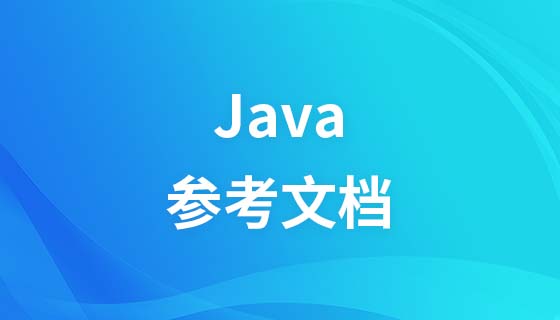
In java, you can set (declare) a variable by specifying the data type and identifier. The syntax is "variable type variable name;" or "variable type variable name = initial value;"; the variable type can be int , string, char and double, etc.

The operating environment of this tutorial: windows7 system, java8 version, DELL G3 computer.
The Java language is a strongly typed language. Strong typing includes the following two meanings:
All variables must be declared first and then used.
A variable of a specified type can only accept values whose type matches it.
This means that every variable and every expression has a type that is determined at compile time. Types limit the values that can be assigned to a variable, limit the values that an expression can produce, limit the operations that can be performed on these values, and determine the meaning of these operations.
Declare variables
For developers, a variable is an alias used to describe a piece of information. You can use a or Multiple variables. Various types of information can be stored in variables, such as login information, version name, file size, a certain English word, and flight ticket price.
In Java, users can declare variables by specifying data types and identifiers. The basic syntax is as follows:
DataType identifier;
or
DataType identifier=value;
The above syntax code involves 3 Each content: DataType, identifier and value, the specific description is as follows:
DataType: variable type, such as int, string, char and double, etc.
identifier: identifier, also called variable name.
value: The value when the variable is declared.
The naming convention for variable identifiers is as follows:
The first character must be a letter, underscore (-), dollar sign ($) or RMB symbol (¥).
The identifier consists of numbers (0~9), uppercase letters (A~Z), lowercase letters (a~z), underscore (-), dollar sign ($), RMB symbol (¥) and all ASCII codes before hexadecimal 0xc0.
Keywords and reserved words cannot be used as identifiers.
There is no limit on the length of identifiers.
Identifiers are case-sensitive.
The following code declares variables of type String, boolean and int respectively.
String employee; // String 类型的变量 boolean isSave; // boolean 类型的变量 int create_at; // int 类型的变量
Variable assignment
Initializing a variable means specifying a clear initial value for the variable. There are two ways to initialize variables: one is to assign values directly when declaring, and the other is to declare first and then assign values. The following code initializes variables in two ways.
char usersex='女'; // 直接赋值
or
String username; // 先声明 username ="琪琪"; // 后赋值
In addition, multiple variables of the same type can be defined or initialized at the same time, but multiple variables must be separated by commas and semicolons at the end of the declaration.
String username,address,phone,tel; // 声明多个变量 int num1=12,num2=23,result=35; // 声明并初始化多个变量
You need to pay attention to the following when initializing variables in Java:
Variables are fields in classes or structures. If they are not explicitly initialized, variables are created by default. And the default initial value is 0.
The variable in the method must be explicitly initialized, otherwise an error will occur when using the variable.
Recommended related video tutorials: Java video tutorial
The above is the detailed content of How to set java variables (declaration). For more information, please follow other related articles on the PHP Chinese website!





